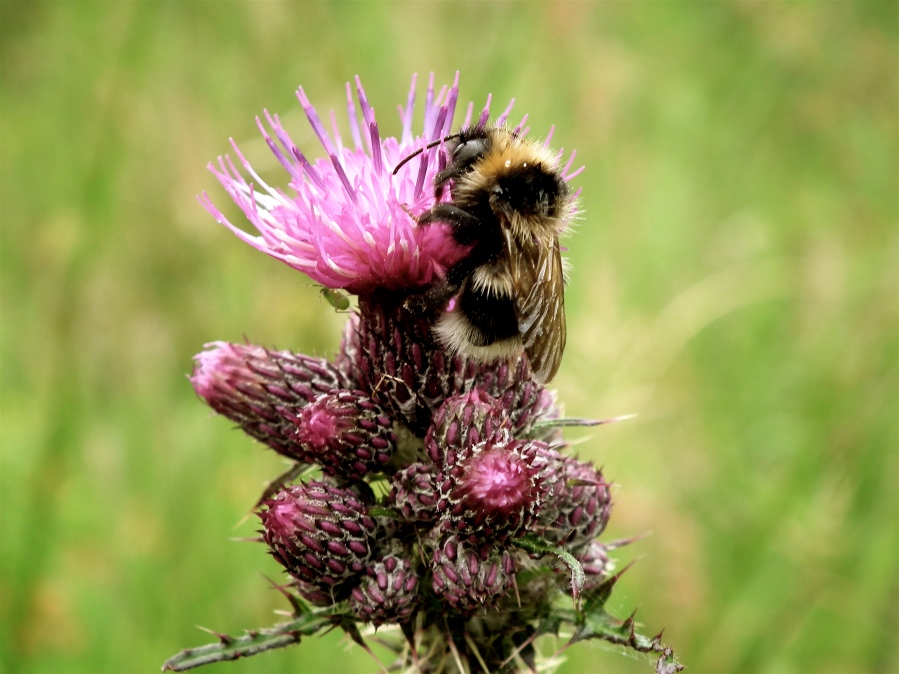I'm thinking of re-naming my blog contributions 'road-kill-corner'. On the way back from Bath today, where I had been invigilating my sculpture exhibition 'Meta Anatomica' with the family, we stopped briefly in a lay-by and I found a long dead fox cub. Managed to 'retrieve' the skull and it's a perfect little miniature of an adult skull. Sharp unworn teeth, with adult teeth visibly coming through above them, a slightly shorter snout and thinner, rounded and more fragile cranium than an adult fox skull.


For comparison I have placed it alongside an adult fox and badger skull (*top photo). You will also notice the stockier frame of the badger skull and the cranial fins along the ridge of the skulls of both of the adult skulls, which help to anchor the impressive jaw muscles. This boney ridge is particularly robust in Badgers, and the jaw bones are also very solid and firmly hinged, but the fin isn't present in juvenile badgers and confused me when I was first collecting skulls. I promise to find a 'live' contribution to the blog as I was inspired by Adam's recent Bee observations, even the bees I find myself looking at are dead ones I've found.






